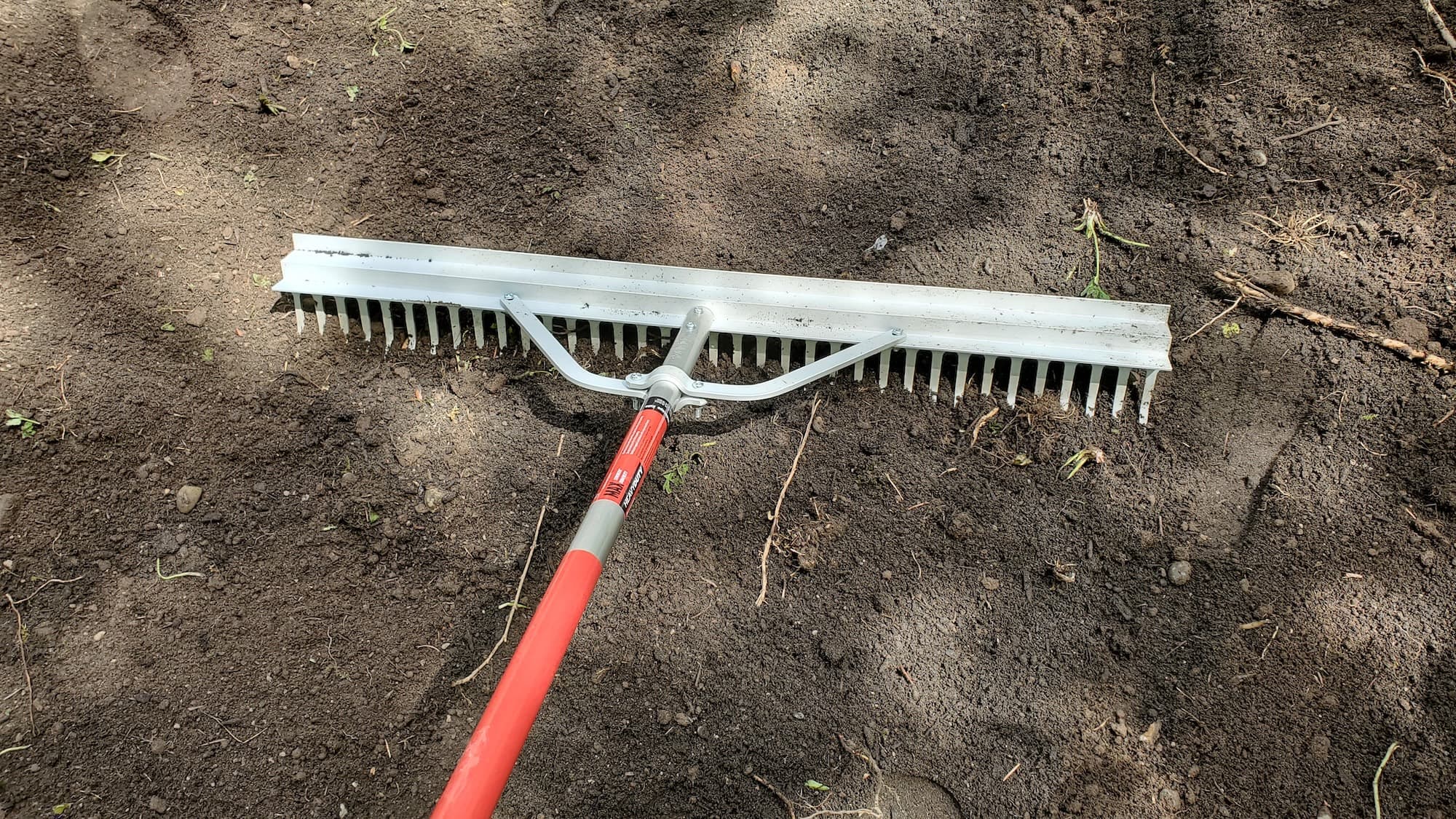Gravel Parking Lot Installation
Homeowner’s Issue
Gravel surfaces in Gravel face a handful of recurring local problems. Our climate brings regular rain and cool, cloudy stretches that compact clay-heavy soils, creating low spots and poor drainage. Many yards and small parking areas sit on gentle slopes or near drive access where runoff channels water toward foundations and creates rutting. Shade from mature trees and north‑facing exposures encourages moss and persistent weeds, while sunnier exposures bake finer dust into a crust that sheds poorly.
Homeowners want a surface that stays stable through wet winters and the occasional dry spell, keeps vehicles and visitors safe, and looks tidy without constant upkeep. Curb appeal matters for rental units and small businesses, but so does functionality: clear water flow, minimal tracking into garages, and defined edges so gravel doesn’t migrate onto sidewalks. In Gravel we favor sustainable, low‑impact approaches — no herbicides — that handle heavy rain, limit compaction, and give long‑lasting results near spots like White Center and Burien. The right gravel type, proper grading, and a breathable base make the difference between a surface that works and one you’re always fixing.
Our Quality Service
We install gravel parking areas with local know‑how and sustainable methods. After assessing slope, soil, and drainage, we regrade surfaces to shed water, add permeable base layers where needed, and lay landscape fabric or geotextile to reduce weed invasion. We compact in lifts to avoid future rutting and feather edges into walkways and curbs for a clean look.
Local insights guide our choices: heavier drainage rock near concentrated runoff, finer topstone in low-traffic zones, and extra compaction on slopes. Benefits include safer traction in wet weather, improved curb appeal, reduced maintenance, and a surface that breathes to recharge groundwater.
What’s Included
- Site assessment and drainage review
- Clearing and removal of debris
- Grading and slope correction for proper runoff
- Permeable base installation where required
- Landscape fabric (optional) and gravel placement
- Mechanical compaction and edge finishing
- Haul‑away of old materials (optional)
Options / Upgrades:
- Mulch + fabric for adjacent planting beds
- Organic weed control and manual spot weeding
- Haul‑away vs. green‑bin composting for green waste
- Decorative edging or timber/stone borders
- Additional drainage trenches or French drain installation
Before & After / Expectations
Expect some noise and heavy equipment while we prep and grade—most jobs finish in 1–3 days depending on size and access. You’ll see temporary piles of material and some dust; we haul debris and tidy the site when done. Access for trucks and a clear work zone help speed the job.
Care tips for Gravel yards:
- Rake high spots once annually; add a fresh top dressing every few years.
- Monitor low spots after winter; regrade and add gravel where puddles form.
- Hand‑pull or spot‑weed in spring; use mulches and dense edging to limit spread.
- Avoid herbicides; use manual or steam treatments for stubborn growth.
- Keep drainage clear of leaves to prevent organic buildup and moss.
FAQs
- How long does installation take? Small lots often finish in a day; larger or complex sites take 2–3 days.
- Do you use herbicides for weeds? No — we use fabric, manual removal, and organic options only.
- Will gravel wash away in heavy rain? Proper grading, compaction, and edge restraints greatly reduce migration.
- Do you remove old material? Yes — haul‑away is included or offered as an upgrade.
Call to Action
Ready to make your Gravel parking area low‑maintenance and storm‑ready? Book a free estimate with a local pro who knows our soil and rain patterns. Fast scheduling, reliable results, and sustainable practices — email neatandtidyseattle@gmail.com to get started.










